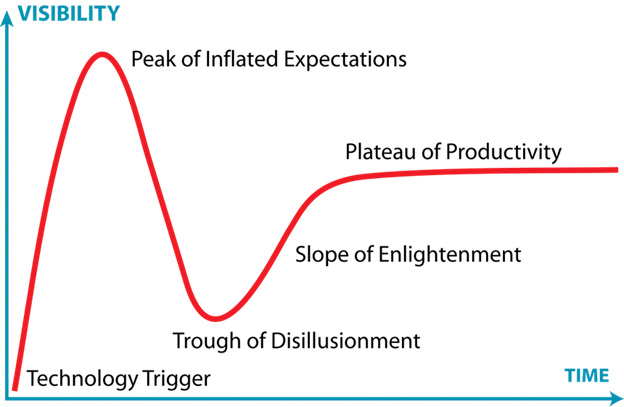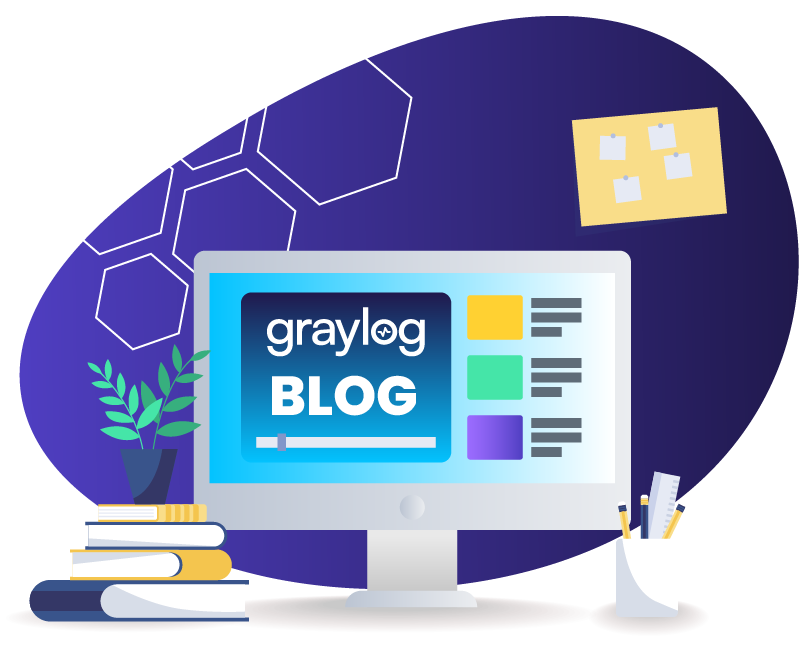Security leaders spent most of the past year testing AI driven security automation. Many discovered that the promise of fully autonomous SOC operations collided with the reality of hallucinations, opaque recommendations, and inconsistent outcomes. McKinsey research now shows that more than 80 percent of organizations have not realized meaningful results from gen AI programs. This aligns with what many analysts have observed firsthand: AI tools that remove human judgment often slow investigations instead of improving them.
At the same time, adversaries have adopted AI in ways that directly challenge traditional SOC workflows. Forrester recently confirmed that a state-aligned actor used an AI agent to execute most of an intrusion chain at machine tempo. Gartner’s 2025 Hype Cycle reinforces this trend by tracking rapid growth in AI agents and AI powered data processing. These developments change the speed and structure of cyber operations.
Faced with these pressures, CISOs and analysts need clarity, not another system that makes unverifiable decisions. The Model Context Protocol inside Graylog provides that clarity by delivering explainable, governed, verifiable AI assistance that improves investigation speed and SOC efficiency. This is where tangible ROI emerges.
The Industry Shift Toward Explainable, Assistive AI
A year ago, many believed that fully autonomous SOC tooling would replace manual investigation. After months of hallucinated alerts, high volume false positives and failed automation flows, enterprise teams have recalibrated their expectations. The industry has shifted toward assistive, explainable systems that augment analyst judgment rather than replace it.
Seth Goldhammer, VP of Product Management at Graylog, describes the change as a return to fundamentals. Analysts want AI that reveals how conclusions were formed, which logs were referenced, and how an alert maps to a known pattern. Predictions without transparency erode trust and create unnecessary rework. AI that explains its reasoning builds confidence and improves accuracy. This shift aligns with broader research that highlights the risks of black box automation and the importance of context and verification in SOC decision making.

How MCP Delivers ROI in This Environment
The Model Context Protocol enables organizations to integrate explainable AI into their SOC workflows while maintaining control. MCP supports natural language queries, connects securely to data sources, enforces permissions and returns verifiable intelligence. This structure allows analysts to work faster with less friction.
1. Faster investigations with verifiable context
MCP provides natural language access to Graylog data. Analysts can ask targeted questions and receive context that ties directly to underlying logs. This reduces the time spent navigating screens or reconstructing events and supports a consistent investigation rhythm.
2. Explainable results that analysts can trust
Every insight is linked back to its data source. Analysts can see why an event was flagged, how it relates to similar activity and what evidence supports the claim. This aligns with industry calls for explainable AI that improves clarity instead of adding uncertainty.
3. More productive teams with fewer escalations
MCP allows junior analysts to handle more alerts. Senior staff are not pulled into routine cases, and Escalation ratios improve. This creates measurable ROI by reducing investigation bottlenecks and enabling teams to use their skill sets more effectively.
4. Governance for AI usage
MCP frameworks ensure that organizations use approved models, respect permission boundaries and maintain audit trails. This addresses a critical barrier for C-suite decision makers who require control over data handling and AI source selection.
Mapping MCP to the Rise of AI Orchestrated Threats
Recent incidents illustrate how adversaries are using AI to run large segments of an attack sequence. These agents initiate reconnaissance, test credentials, identify lateral access paths and adjust activity without human delay.
Threat Trends
- Machine speed execution
- Parallel intrusion threads
- Automated privilege exploration
- Data staging without human intervention
MCP Response
- Rapid access to contextual intelligence
- Structured guidance for containment steps
- Verified event chains that reinforce analyst confidence
- Clear evidence trails for leadership reviews
Explainable AI supports containment decisions that require precision and reliability. MCP strengthens those decisions by enabling consistent workflows across all analyst tiers.
Practical Steps for Implementing MCP in the SOC
Security leaders can adopt a structured approach to MCP integration that aligns with executive expectations and operational demands.
Step 1: Establish performance baselines
Track investigative speed, escalation rates and decision latency.
Step 2: Map MCP capabilities to real workflows
Identify where conversational context can reduce delays.
Step 3: Implement explainable reporting
Use AI generated investigation reports to organize evidence with timelines, recommended next steps and clear summaries.
Step 4: Integrate governance
Ensure model selection, permissions and audit logs reflect internal policy and regulatory expectations.
Step 5: Review metrics quarterly
Align SOC improvements with threat trends, staffing plans, and budget cycles.
Strategic View for CISOs and SecOps Leaders
The combination of accelerating AI orchestrated attacks and stalled autonomous SOC initiatives has reshaped expectations. The modern SOC requires systems that increase clarity, reduce noise, and strengthen human judgment. MCP inside Graylog provides this foundation by offering explainable intelligence, consistent workflows, and measurable outcomes.
Teams can move faster, investigate with confidence, and align their operations with the reality of today’s threat landscape. This is where ROI becomes tangible.
Security leaders evaluating this direction will find a clear roadmap in the Ultimate Guide to MCP, which outlines architecture, best practices and performance measures that support both immediate improvements and long term strategy.


